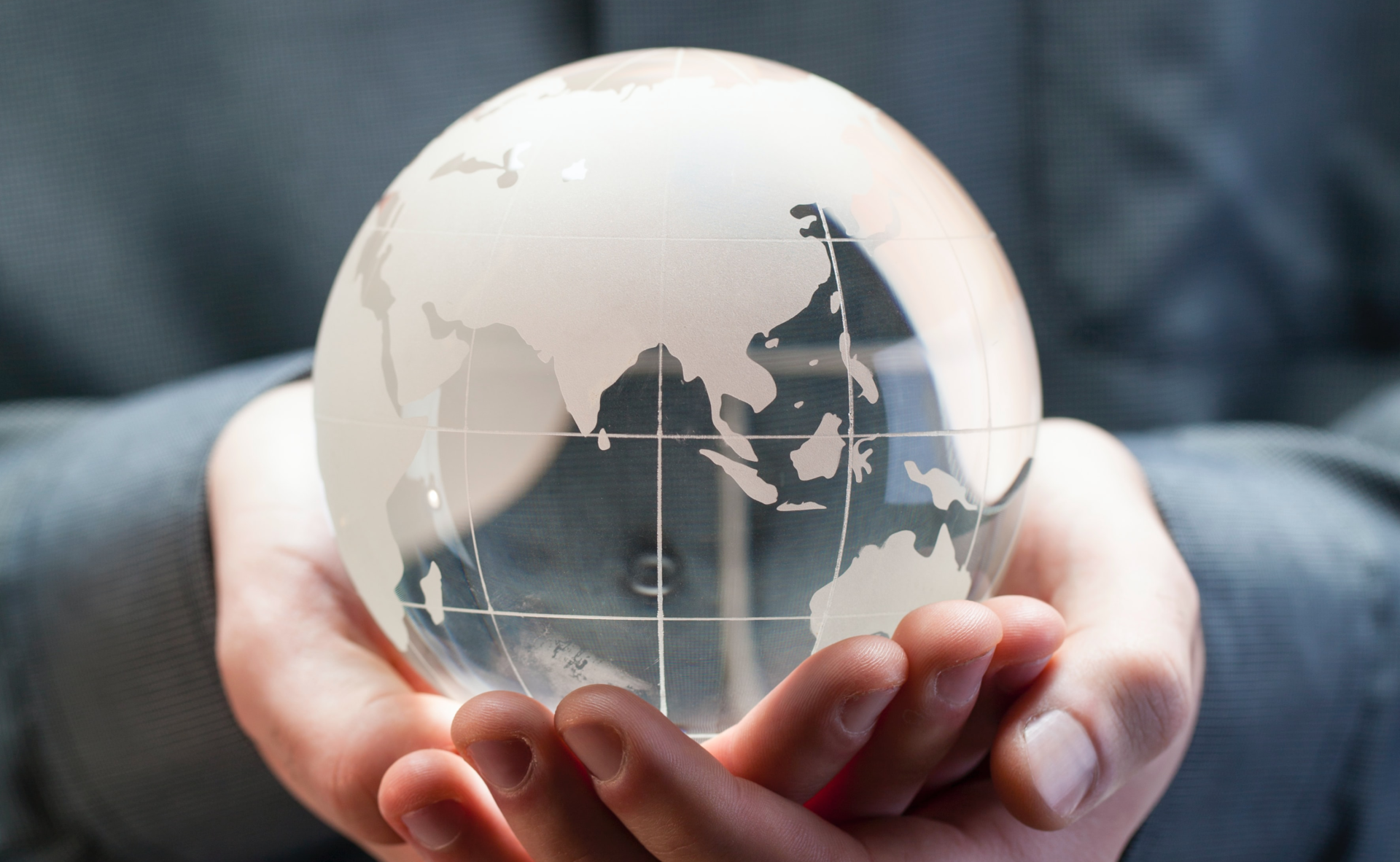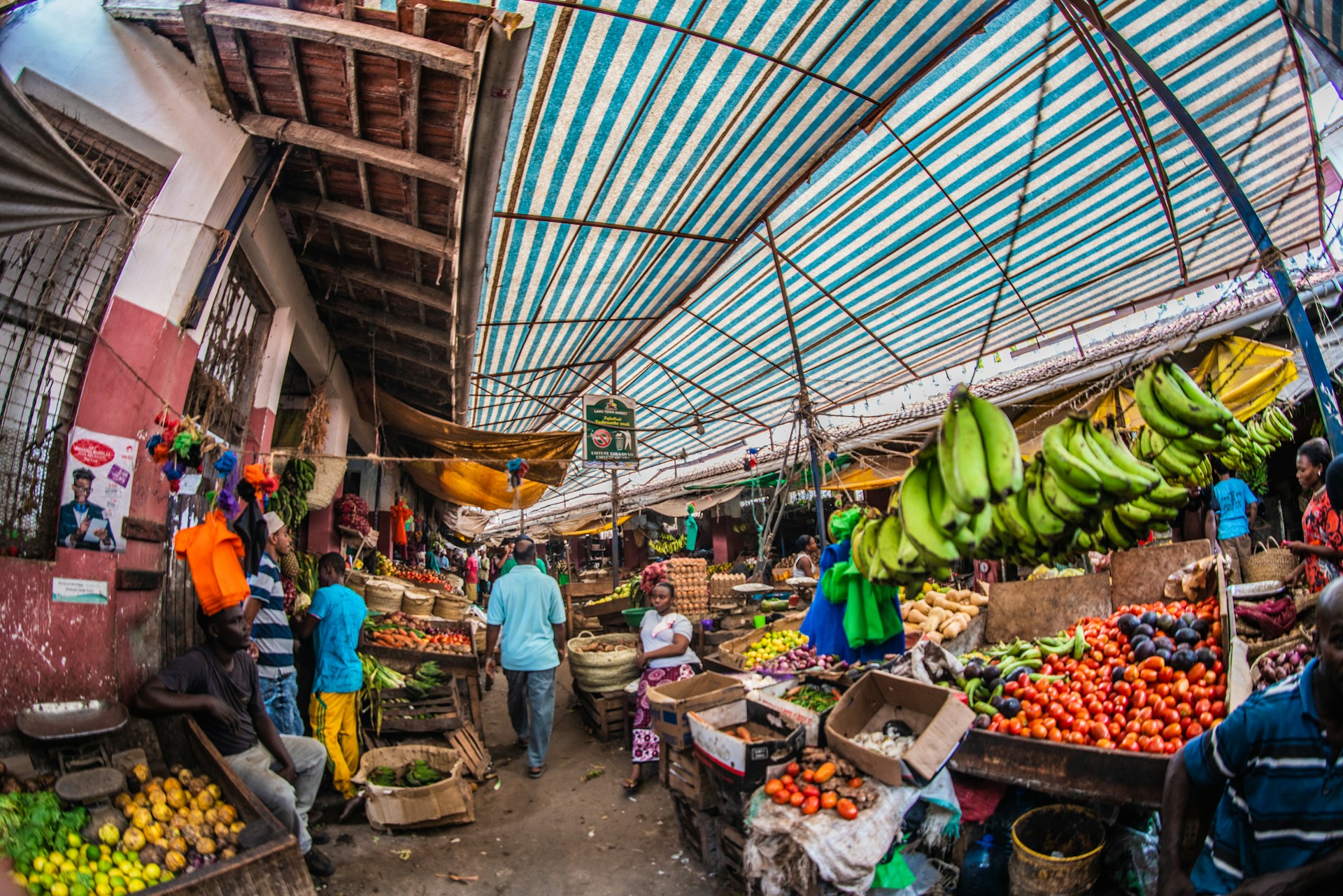Developing an Asian Clean Energy Transition Roadmap
On 12 December 2015, a historic pledge was signed by world leaders at the UN Climate Change Conference (COP21) in Paris. Widely known as the Paris Agreement, it is a legally binding international treaty on all countries that have joined the agreement to reduce their carbon emissions, while working together to find adaptive solutions to climate change.
It is indeed an ambitious and much-needed global collaboration for ensuring a sustainable future for the citizens of the world. But a recent analysis of countries’ pledges reveals that country commitments fall short of the Paris Agreement climate goals. For example, 100 countries have committed to achieve net-zero or carbon neutrality by 2050, yet just 14 have enacted such targets into law.
Collaboration among nations, organizations, and stakeholders is crucial for setting ambitious goals and for collectively working towards solutions, adapting to evolving challenges, and ensuring that the necessary resources and support are allocated effectively.
Furthermore, how Asian nations can achieve their climate targets is a question that will form the crux of one of the sessions at the upcoming Horasis Asia Meeting, scheduled to take place in Binh Duong, Vietnam between 3-4 December 2023. The gathering will bring together 300 CEOs, entrepreneurs, and prominent government representatives from Southeast Asia and beyond. The primary focus of this meeting is to delve into key trends set to influence Vietnam’s economic advancement, steering it towards an exciting new chapter of global growth.
All Hands-on Deck
Achieving a rapid zero-carbon outcome is a collective endeavor that involves every nation, every firm, and every individual.
Every nation needs to focus on implementing and strengthening policies and regulations that encourage the transition to renewable energy, energy efficiency and sustainable transportation, while setting clear and ambitious carbon reduction targets that are in line with the Paris Agreement.
Subsequently, governments should also allocate resources towards reforestation, afforestation, and conservation efforts to sequester carbon and protect natural ecosystems. Some countries have also put in place carbon pricing mechanisms to incentivize businesses and individuals to reduce their carbon emissions.
However, the EU was the only region that initiated a carbon taxing system. In 2005, the EU instituted a cap-and-trade system, requiring power plants and factories to purchase carbon allowances to account for the emissions they emit. Now the bloc has taken its ambition a notch higher by imposing a carbon tax on goods imported into the EU. The Carbon Border Adjustment Mechanism will tax goods imported based on the carbon it generates while being produced. What Europe is doing is a “very big deal,” says Greg Bertelsen, chief executive of the Climate Leadership Council, an advocacy group. He says that without incentives for cleaner manufacturing, “we simply will not get to where we need to get to, from a climate standpoint.”
The private sector too will have a crucial role to play in the global climate change effort. Companies should establish science-based emission reduction targets and implement robust strategies to achieve them. Companies should also actively invest in transitioning towards renewable energy sources for their operations, such as solar panels and wind turbines, and purchase renewable energy credits if necessary.
Companies should also ask their suppliers to both report and reduce their carbon footprint. Some businesses and organizations are already leading the charge on this front. Blue chip corporations like Nike, Airbus, Sainsbury’s and Ørsted, as well as public sector organizations including the New York Metropolitan Transport Authority are among the 30 large purchasing organizations from around the world that are asking their suppliers to report their environmental data. This data will then be used to make procurement decisions and help devise effective strategies for engaging with suppliers.
Although governments and companies have a larger role to play when it comes to climate change adaptation and mitigation, individuals do have a part to play. Consumers can help by reducing personal energy consumption and opting for public transportation or carpooling, rather than driving alone. Individuals should also focus on minimizing waste by following the principles of reduce, reuse, and recycle.
Clean Energy Transition Roadmap
Asia will be an essential player in driving the clean energy transition roadmap, as it accounts for almost half of global energy demand and is today the world’s highest emitting region, overtaking historically heavy emitters in North America and Europe.
Nevertheless, many countries in the region continue to witness record-breaking growth in renewables. Vietnam has committed to become a net-zero nation by 2050. The country has made substantial progress in clean energy. When investments for renewable energy plummeted in many top markets in 2020, it increased by a staggering 89% in Vietnam. Vietnam is expected to add almost three times more renewables than the four other major renewable energy markets in Southeast Asia combined. In the span of only one year, Vietnam witnessed a remarkable surge in rooftop solar installations, soaring from 0.38 GW in 2019 to a substantial 9.3 GW in 2020. This achievement not only surpassed the country’s initial rooftop solar target for 2025 by nearly tenfold but also positioned Vietnam among the world’s top three solar markets, trailing only behind China and the United States.
Asia cannot tackle the climate change crisis alone. If Asia is to meet its climate commitments, it will need the support of increased climate finance from international partners, which is presently lacking by US$100 billion a year. The private sector must also play a significant role by contributing to the required annual investment of US$1 trillion over the next two decades for clean energy and grid infrastructure in Asia. Moreover, energy consumers should also make their demand for renewables known, with electric utility companies providing extensive renewable energy choices to their customers.
Photo Caption: Vietnam is among the world’s top three solar markets, trailing only behind China and the United States.



